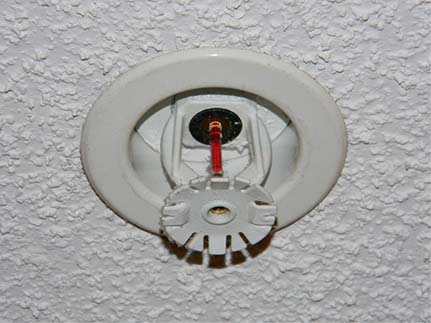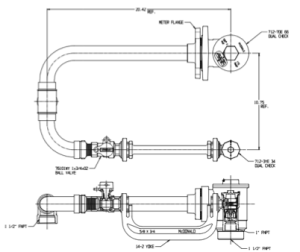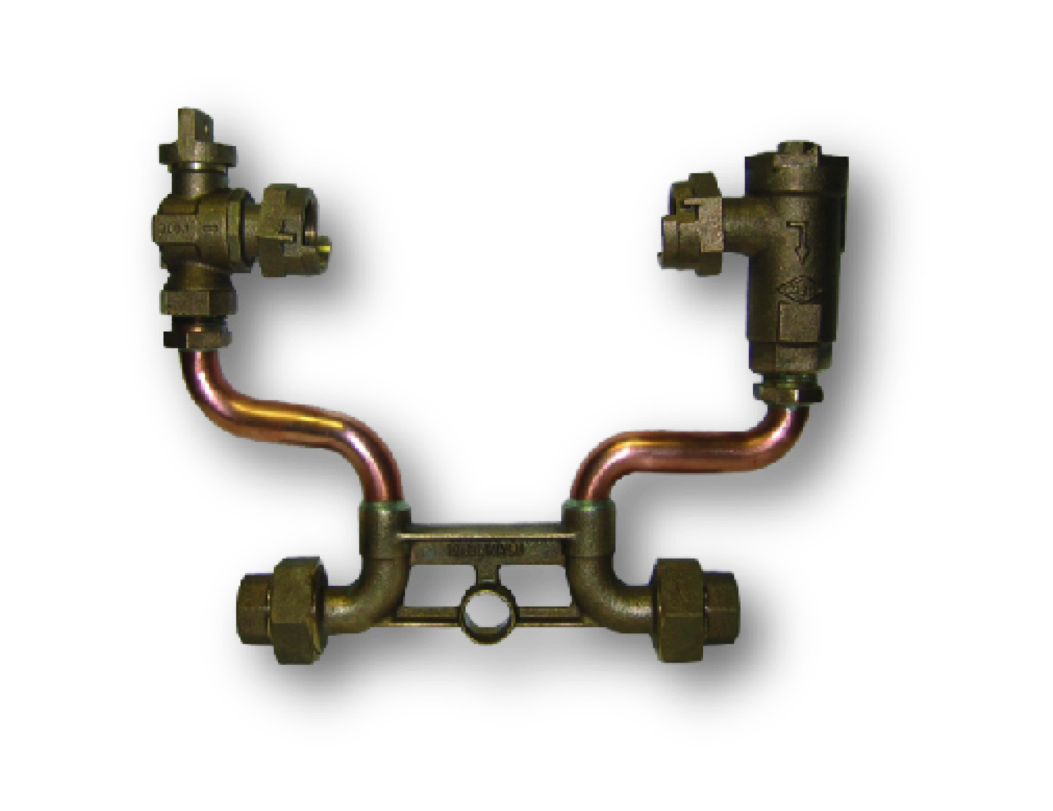Five Fire Sprinkler Facts Every Homeowner Should Know

Five Fire Sprinkler Facts Every Homeowner Should Know
BEEP BEEP BEEP BEEP. Imagine you and your family being awoken in the middle of the night to the high chirp of a smoke alarm. In the matter of seconds it takes you to wipe the sleep off your eyes and take notice of the situation, the flames could have jumped from one room to the next. In the end, you can only hope you have enough time to get you and your loved ones outside before the fire takes ownership of the house.
While this is an example of an extreme scenario, every home fire situation has one simple truth: fighting fire is really a fight against time. While firefighters are in existence for this reason alone, it just isn’t reassuring enough when the number of minutes you have to wait for them to arrive seals the fate of your home. Through devices such as fire extinguishers, smoke alarms, and home fire sprinklers, you may be able to add more precious time, which increases your odds of saving lives and property.
Not every home possesses fire sprinklers but those that do can rest a little easier. Acting simply as a water ‘plug’, the sprinkler gets released once the heat from the fire reaches it. The following are five home fire sprinkler facts that every homeowner would benefit from knowing:
- Fire sprinklers cannot be triggered by smoke
- You may think sprinklers were invented as a way to alert the homeowner of the fire and probably buy some time but, in fact, 90% of fires are stopped by a single sprinkler
- Water infrastructure demand is reduced at least 47% when the homes within the community are protected by fire sprinkler systems
- Some see the water used during a fire as water wasted but it’s actually quite the opposite
- In an actual fire, only one sprinkler is likely to operate in residential occupancy fires


In just one second, a fire has the capability to spread in intensity by a whole foot. Before you allow the flames to engulf all your possessions, make sure you’ve invested in the proper precautions to best delay this process. When every second counts, home fire sprinklers, combined with an A.Y. McDonald sprinkler setter, can make all the difference.
